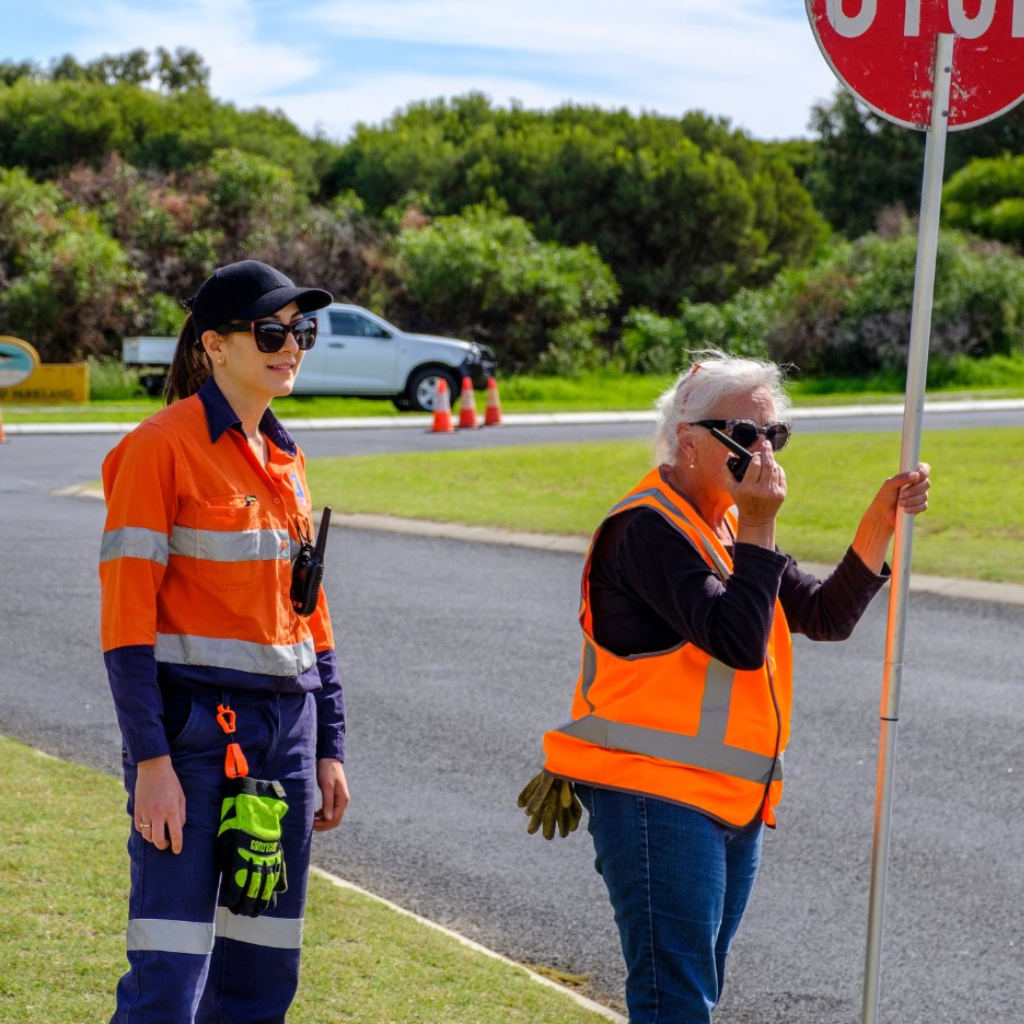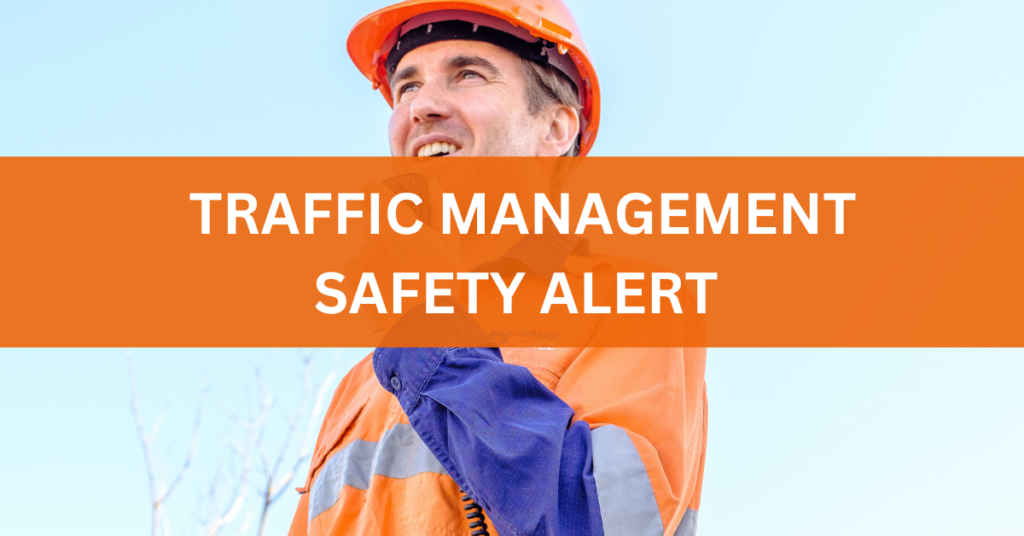AusQ Training have been in the traffic management training business for over 10 years now, in addition to running our Registered Training Organisation (RTO), our company directors also own and operate a large leading traffic management company in WA. So, it’s safe to say we 110% have our fingers on the pulse with what’s happening in the traffic management industry.
Here at AusQ Training, we have hit the roads so to speak and undertook a survey with industry asking them just one question;
What is the #1 most common traffic management mistake you see?
Despite being in the traffic management industry for so many years, we were still surprised (and shocked!) at some of the responses. We were able to survey over 100+ active workers in the traffic management industry. To summarise, we have narrowed down all the responses to identify the number 1 most common mistake seen in industry and now we want to help you and your team to avoid this.
#1 Most Common Traffic Management Mistake
From our survey, the most common mistake seen was…
Temporary traffic management signs left installed and displayed when not required. In fact, it is not just one particular sign that is the issue. It’s multiple… let us share more.
Worker Symbolic Sign
The worker (symbolic) sign shall be used to give warning of personnel engaged in short-term or long-term works on or adjacent to the travelled path.
It shall comprise a black symbol on a retroreflective fluorescent orange background. As this sign is used to warn of the presence of personnel, it shall only be displayed when they are visible and not protected from direct conflict with traffic.
Too often, we see this sign still setup after hours and once work has been completed, and no workers are onsite. This causes frustration and makes road users complacent, they are seeing this sign, however no road workers are onsite.
Traffic Controller Symbolic & Prepare to Stop Signs
The PREPARE TO STOP sign shall be used to give advance warning where traffic may be required to stop in accordance with the directions of a traffic controller. The sign shall be used in conjunction with the Traffic Controller (symbolic) sign. The Traffic Controller symbolic shall be used to give advance warning of the presence of a traffic controller.
Same as the worker symbolic sign, the above signs are often seen still setup, when there is no active traffic control at the work site. When traffic control works are no longer required these signs should be stood down or if finished for the shift completely removed. When these signs are left remaining with no traffic control taking place it creates road user frustration and again increases complacency.
[Free Tips] How to Avoid
There is an obligation on both the organisation and road workers, including supervisory personnel, to maintain a safe worksite when carrying out works on and near roads.
All redundant equipment must be removed from the site or placed in a safe, secure location within the worksite.
We recommend that during close down or pack up of any site that appropriate after care options are put in place and that sign checks are done before leaving site to ensure these signs are not left up when not required. This includes documenting that site close down and inspection occurred, whom by and when – this confirms that all key steps were followed and completed.
Remember – pack down of temporary traffic management signs and devices is just as important as setup!
The Traffic Management Plan (TMP) should stipulate the process and order of removal of the traffic control devices in the traffic guidance scheme.
Summary
In conclusion, we recognise that there opportunities for improvement in various areas within the traffic management industry. Therefore, we wanted to include some of the other common mistakes that were identified during the survey process and have included some more FREE TIPS on how you can avoid.
❌ Forgetting to take sign covers down after pack down.
✔️ Ensuring all the sign covers, signs and devices are correctly removed, and sites left with the appropriate after care is just as important as setting up your site at the start of your shift. Ensure workers are using a close down inspection checklist to avoid missing this and then having thorough record keeping.
❌ Failing to turn your stop/slow bat, traffic lights or portable traffic control devices back to STOP or RED after releasing traffic.
✔️ Returning your stop/slow bat or portable traffic control devices to the correct side is extremely important to ensure the safety of yourself, others and all road users. Supervisors can monitor, observe or conduct worksite audits to check worksite compliance and worker skills competency is being maintained.
❌ Many are assuming information and not remaining up to date with key industry changes (and some neglect the very basics). Having this approach and viewpoint can stunt your growth and potential, make a site non compliant and even put others in danger. Being able to learn and adapt to the new rules is important.
✔️ Training is key to avoiding these mistakes.
What is the #1 most common traffic management mistake you see?
Do you have any other common traffic management mistakes you see? Get in touch and let us know [contact us here]
Got Questions?
Do you have any other questions relating to Truck Mounted Attenuators (TMA), Truck Mounted Attenuator (TMA) training or any other questions let us help, please contact our team here.
Do you need training?
AusQ Training offer a range of courses to assist you in the traffic management or construction industry, in Perth, Bunbury and all over WA – to view our range of public training courses [click here] or view our calendar here.
Make a time to chat to one of our Customer Support Team members [here] to discuss your traffic management training needs.





